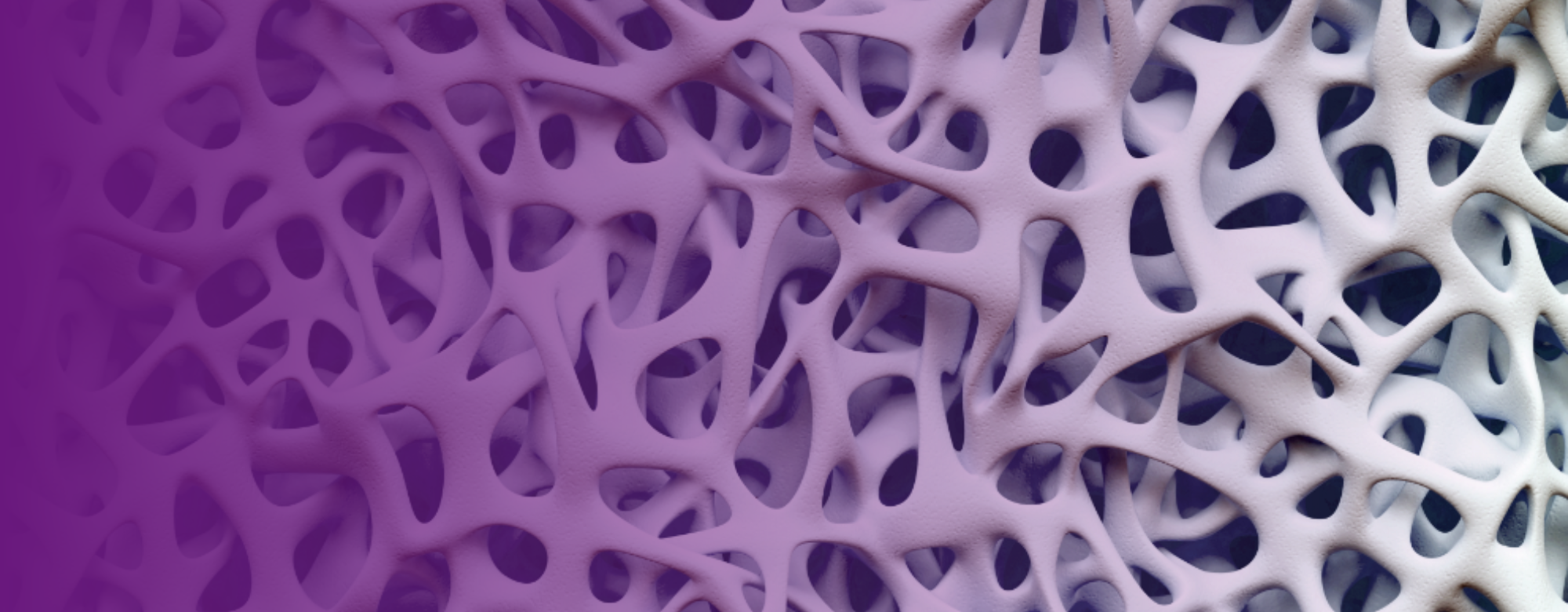
TBS Ortho is a medical imaging software technology, which will give orthopedic surgeons critical information on a patient’s trabecular bone microarchitecture. This will help them select the most appropriate procedures and implants and ensure optimal implant stability and outcome for hips, shoulders, spine or knee replacement surgery.
Coming soon.
MEDICAL USE
Current situation
Since orthopaedic implants are fixed in the trabecular bone area, the quality of the bone itself matters. If it is fragile, implants can become loose, unstable or migrate, causing pain and reducing a patient’s mobility. A revision joint replacement surgery, a longer, more complicated procedure than the initial one, may have to be performed early on.
How TBS Ortho can help
With the critical information provided by TBS, orthopaedic surgeons will be able to choose appropriate implants and procedures according to their patient’s bone quality. TBS Ortho may help reduce the number of revisions of joint replacements due to fragile bones; better predict implant failure; improve recovery time; save consultation and surgery time; justify incurred costs to the payers (insurances); justify procedures used in case of litigation.
How it works
Based on the analysis of regular 2D X-ray images, Cone Beam CT scans or regular CT scans, the TBS algorithm computes a specific score to assess the trabecular bone quality, which is related to its 3D-microarchitecture. Results are obtained with no additional patient radiation exposure nor scan time.
SELECTED ONGOING RESEARCH
- White, R., Krueger, D., De Guio, F., Michelet, F., Hans, D., Anderson, P., and Binkley, N. (2019). An Exploratory Study of the Texture Research Investigational Platform (TRIP) to Evaluate Bone Texture Score of Distal Femur DXA Scans – A TBS-Based Approach. Journal of Clinical Densitometry. [Pubmed link] Presented at QMSKI and ISCD conferences in 2019.
- Kolta, S., Etcheto, A., Fechtenbaum, J., Feydy, A., Roux, C., Briot, K., 2018. Measurement of Trabecular Bone Score of the spine by low-dose imaging system (EOS®); a feasibility study. Journal of Clinical Densitometry. [Pubmed link]
- Lelong, C., Stroncek, J., Howe, J., Huber, B., Hill, R., Hans, D., 2018. Local Osteo-Enhancement Procedure Increases Femoral Raw Trabecular Bone Score (rTBS) at 5-7 Year Follow-up in Osteoporotic Patients. J Bone Miner Res 32 (Suppl 1). Presentation, ASBMR. [Link]
- Lobos, S., Cooke, A., Simonett, G., Ho, C., Boyd, S.K., Edwards, W.B., 2018. Trabecular Bone Score at the Distal Femur and Proximal Tibia in Individuals with Spinal Cord Injury. Journal of Clinical Densitometry. [Pubmed link]
